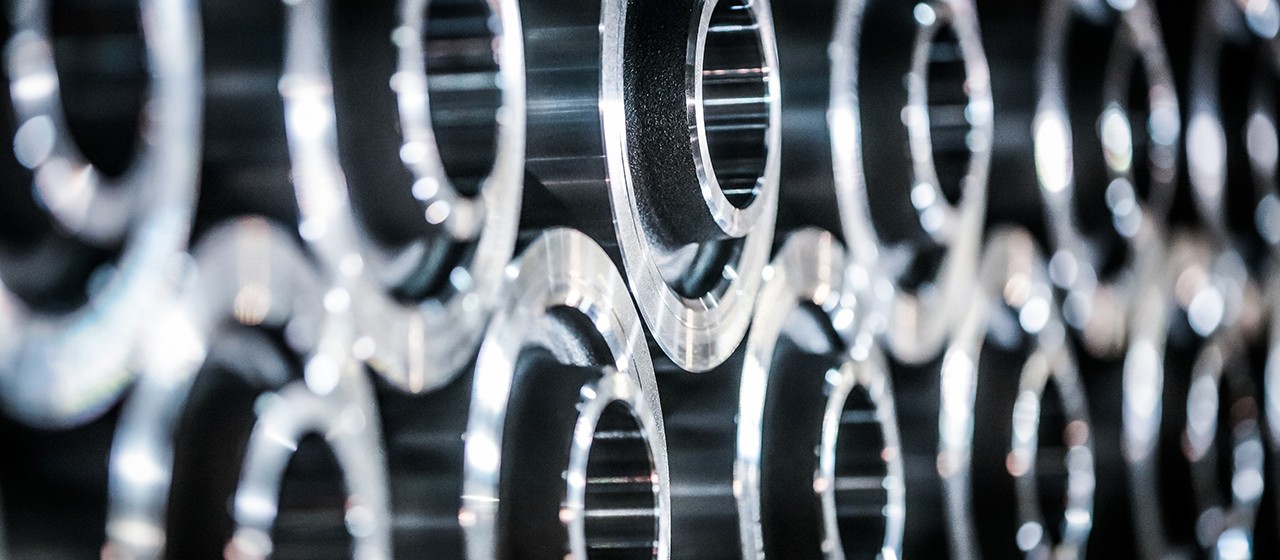
Supply chain decarbonisation
Together with our suppliers we have outlined an ambitious industry-leading strategy to eliminate the largest carbon emissions sources from the most common production materials and batteries.
Four emission hotspots
Through a life cycle analysis on our European production-related supply chain, we have identified four emission hotspots:
Batteries
Steel
Aluminium
Cast iron
these together constitute approximately 80 percent of carbon emissions arising from production materials. In electric vehicles, batteries can account for half of sourcing emissions whereas in combustion engine vehicles, steel has the greatest carbon footprint. These four hotspots are therefore the focus of Scania’s supply chain decarbonisation strategy.
GHG emissions from different material categories in % of total emissions from production phase. Valid for distribution trucks only.
Source: Scania LCA, 2021
Our 2030 target
Scania's 2030 target is to use 100 percent green batteries, 100 percent green steel, 100 percent green aluminium and 100 percent green cast iron in its production. Scania’s definition of “green” requires eliminating the main sources of emissions by utilising new technologies, green electricity and/or recycled material. In batteries, for example, access to green energy in production is decisive. In the production of flat steel, replacing coal with green hydrogen is key.
This is just the beginning of our supply chain decarbonisation journey. Together with our suppliers we are working to extend the scope of our efforts so that our strategy will eventually cover our entire supply chain.